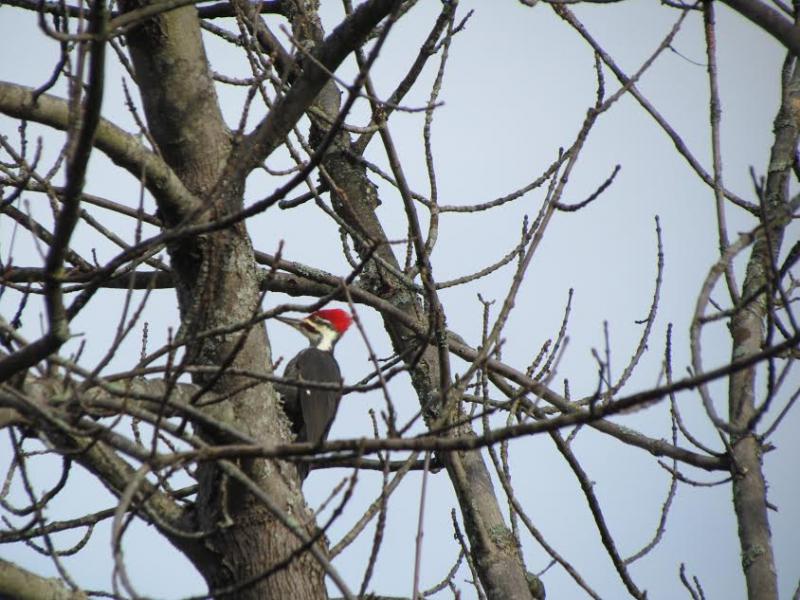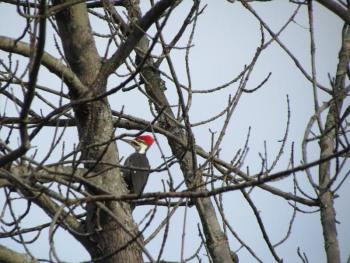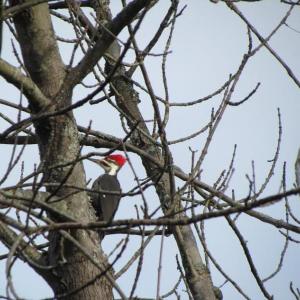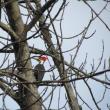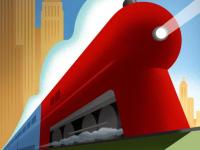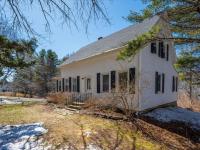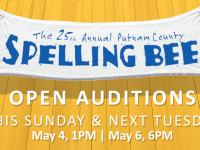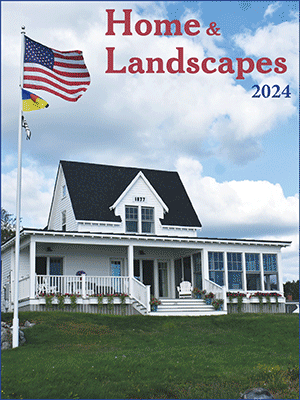A brief history of Boothbay’s ‘Woody Woodpecker’
Audrey Giles Chase, Jeff’s grandmother (“Nanny” to her grandkids), loved to see pileated woodpeckers. Whenever she saw one she would excitedly tell the story of where it landed and how big it was.
A pileated woodpecker is a striking bird to see. It’s hard to overlook a crow-sized woodpecker with a crested head and a thick bill able to chip large chunks of wood out of a tree. In fact, it has been said that the famed Woody Woodpecker cartoon character was an inspired characterization of a pileated woodpecker.
But for Nanny Chase, the sight of a pileated woodpecker in or near her yard meant something even more. That’s because pileated woodpeckers were not common when much more of the land was in fields, and forests were heavily cut over for fuel. During a walk in the woods in many parts of the Boothbay peninsula, it’s not uncommon to come across stone walls and rusty barbed wire even in what is now forest.
Years ago, more land was kept open for grazing cattle and sheep, hayfields and growing vegetables on the Boothbay peninsula. The same is true across much of the northeastern U.S. Birds such as the pileated woodpeckers need lots of large old trees, for finding the insect larvae they eat and for building nest and roost cavities. When the forest is largely gone or is very young, there’s no place for a bird like a pileated woodpecker to live.
It might be hard to imagine now, but because of their large size, pileated woodpeckers were also often shot for food, as those times, people were more inclined to add wild game to their regular dinner plates. There was likely the occasional “hunter” or misguided land owner who killed pileated woodpeckers for “fun” or because they imagined they harmed healthy trees in their woodlot.
Even today there are those who think that a woodpecker damages healthy trees, when in truth a woodpecker digging into a tree means that the tree has insect larvae tunneling in it, or the tree is rotten and provides the soft wood required to build a roosting or nesting cavity.
Years ago, because of all these factors, pileated woodpeckers were found only in the remaining larger tracts of older forest and they tended to be quite shy of humans. As many fields grew back into forests and as they were targeted less by people with guns, pileated woodpecker numbers increased and they began to spread and delight bird lovers like Nanny Chase when one would appear in the backyard. Other birds, of course, have benefited from more forest cover. Barred owls are now quite common across the Boothbay Peninsula, and they have probably also benefited from the presence of pileated woodpeckers, whose abandoned nesting and roosting cavities they may use themselves.
On the flip side, birds that prefer open hayfields, such as bobolinks and eastern meadowlarks, or those that prefer shrubby habitat, including brown thrashers and eastern towhees, are quite uncommon in the Boothbay peninsula and have shown major declines across much of their range.
Next time you see a pileated woodpecker, be sure to enjoy it, for it wasn’t too long ago that such a sight wasn’t quite so easy to take for granted!
Event Date
Address
United States

